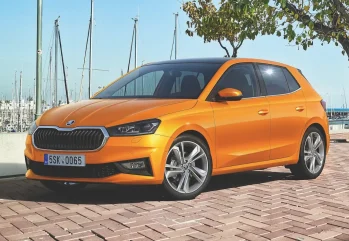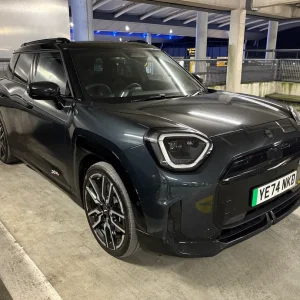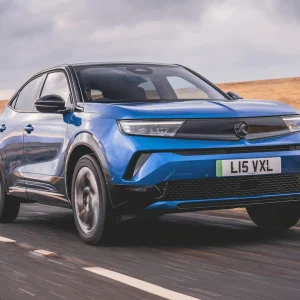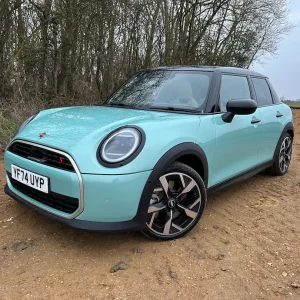
Skoda’s ‘Simply Clever’ philosophy seems to have struck a chord with Fabia buyers, as the clever convenience solutions including an ice scraper in the fuel cap and umbrella in the passenger door, have helped shift 4.5 million over three-generations.
Well, it’s more of the same the fourth time around, with the biggest change being that the new Fabia is built on the Volkswagen Group MQB-AO modular platform, which also underpins Skoda’s Kamiq and Scala models. Stiffer and stronger than before, this platform has also given Skoda the chance to make this Fabia bigger – much bigger in fact. At just over four metres long and 1.8m wide, it’s closer to a small-family car. The boot space, at 380-litres, is actually larger than many of those cars.
Outside, the Fabia’s new look is familiar but more attractive than before. At the front, the large headlights, all of which feature LED technology, are neatly integrated with the chrome-edged family grille – along with a more aggressive front air dam.
At the side, there’s some neat metal detailing over the front wheel arch and an undercut at the bottom of the doors. At the back, the high-set rear windows and rear light clusters that spread across the boot, characterise the Fabia.
The way the glass roof of our test car was hidden is a neat touch too. This Fabia’s slick styling results in a 0.28 drag coefficient, which Skoda claim is a record for the class.
Inside, the new dashboard design is classy. The grey material with orange stitching, plus Piano Black trim and digital instrument cluster of our SE-L test car, cleverly disguises the good quality but hard textured plastics. Thankfully there are physical controls for the ventilation, as sadly Volkswagen Group’s latest infotainment remains as fiddly as before. The driving position is excellent and the seats comfortable. Space at the front of this Skoda is good, but more average in the rear – but there is still the benefit of that 380-litre boot.
Like the space, safety is increased with up to nine airbags, with Travel Assist supporting the steering, Park Assist that helps with parking and Manoeuvrer Assist which uses sensors to avoid obstacles.
Engine-wise, buyers can choose from four petrol engines with 65, 80, 95 and 110hp outputs with five or six-speed manuals. Plus, a seven-speed DSG automatic option on the most powerful 110hp engine.
Our test car was powered by the 110hp engine, however it was mated with a six-speed manual transmission. The manual is a light, slick unit. It is a refined but spirited performer, whose throttle responses are sharpened usefully in Sport mode – although it does get noticeably noisier when worked.
On the SE L grade’s standard 16in alloy wheels, it rides confidently and comfortably. The upshot of this comfort is that it’s not as dynamic to drive as other supermini rivals, such as the Ford Fiesta. There is some body roll, but it’s still a tidy handler even if the steering is light and almost totally without feel.
With all the industry focus on hybrid and EV powertrains, it’s a shame there’s no iV version of the Fabia and there’s no official word on whether there will be. However, considering the new Fabia’s space, comfort, equipment and refinement, its £20,330 price seems good value when compared with rivals.
The all-new Skoda Fabia might not be as attention-grabbing as other superminis, but it’s a much improved alternative.
Skoda Fabia 1.0 TSi SE L
P11D: £19,495
Residual value: £7,256
Depreciation: £12,239
Fuel: £6,961
Service, maintenance and repair: £1,777
Cost per mile: 35p
Fuel consumption: 48mpg
CO2 (BIK %): 117g/km (27%)
BIK 20/40% a month: £88/£175
Luggage capacity: 380 litres
Engine size/power: 999cc/110hp





